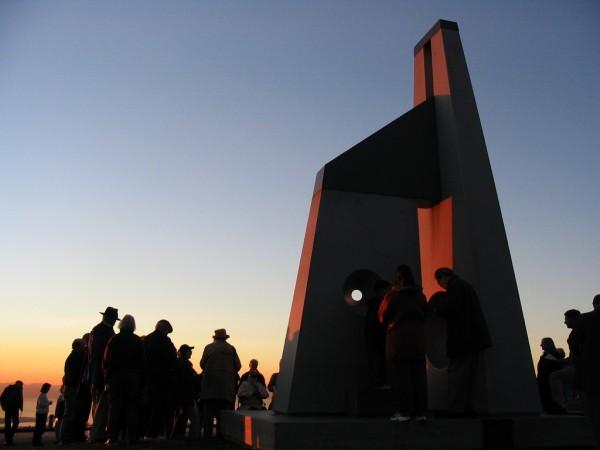
Winter Solstice is the scientific name for the longest night or the shortest day of the year in the Northern Hemisphere. This year, the winter solstice takes place on Sunday, 21 December making it the shortest day of 2014.
Here are all the facts we need to know about the phenomenon as well as its symbolisms and cultural significance:
What is 'Winter Solstice'?
Defined simply as the day of longest daylight and shortest night, winter solstice is an astronomical event when the Sun is directly overhead of the Tropic of Capricorn in the Southern Hemisphere. The December solstice occurs when the Sun reaches its most southerly declination of -23.5 degrees. In other words, it is a day when the North Pole is tilted the farthest – 23.5 degrees – away from the Sun.
What is the time for sunset and sunrise on 21 December?
In UK, sunset will take place at 3:53pm GMT on 21 December, while sunrise will take place at 8:04pm the following day (7 hours, 49 minutes of sunlight and 16 hours, 51 minutes of night).
In Washington DC, the Sun will set at 4:49pm local time on 21 December while the Sun rise will be at 7:24am the flowing day.
In New Delhi the Sun will set at 5:29pm and it will rise at 7:10am. Get the timings for your place or country by clicking time and date website and entering your place in the enquiry box provided.
'Yule', Early Celebrations and History
Although the month is often associated with the Christmas season and other festivals like Hanukkah and Kwanzaa; for pagans, it's the time to celebrate 'Yule' – a holiday that marks the winter solstice in Northern Hemisphere and celebrates the 'rebirth' of the Sun and beginning of winter.
Celebrations of the concept of the rebirth of the Sun can been found throughout the history. Egyptians, for instance, celebrated the return of Ra, the Sun god, on a daily basis. A similar festival marked by ancient Greeks was known as 'Lenaea'. The holiday was celebrated as 'Yule' by Scandinavia's Norsemen – where families would light Yule logs and eat until they burn out.
People from German backgrounds also celebrated the winter festival honoring the Pagan god Odin, who was believed to have the ability to fly through the night sky on a magical flying horse and announce who would be blessed or cursed in the year to come.
Winter Solstice And Christmas
The Winter Solstice shares a very subtle relationship with the festivities surrounding Christmas. In fact, the Bible has no exact date of the Christ's birth and it was only in the fourth century that the church decided Jesus Christ's birthday should be celebrated.
There is a general consensus that due to lack of precision on a date, Pope Julies I chose 25 December as the birthday of Christ in an attempt to replace the Roman Saturnalia with the Christian holiday.
Also interesting is to note that some of the Christmas traditions such as dinner feasts, gift-giving and decorations etc, can be traced back to winter solstice rituals as documented in various historical accounts.

















